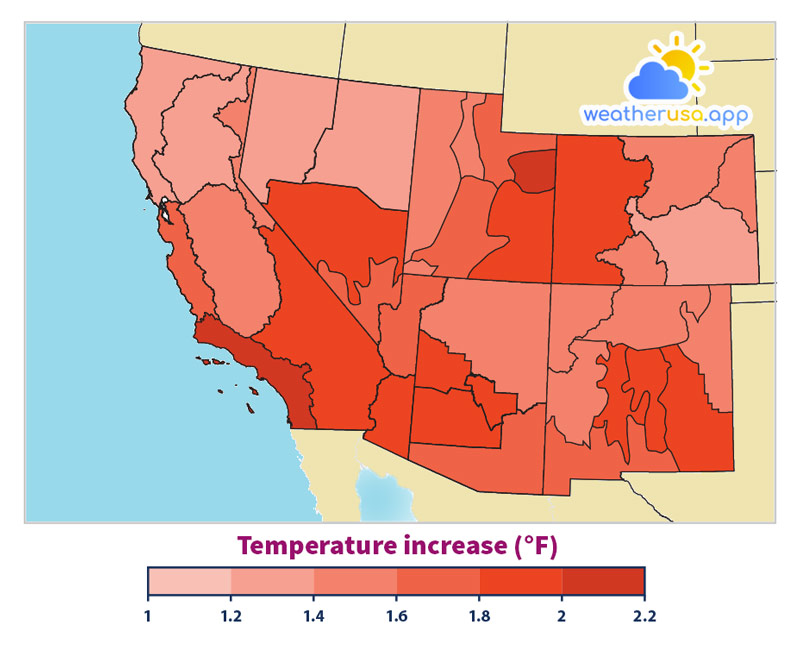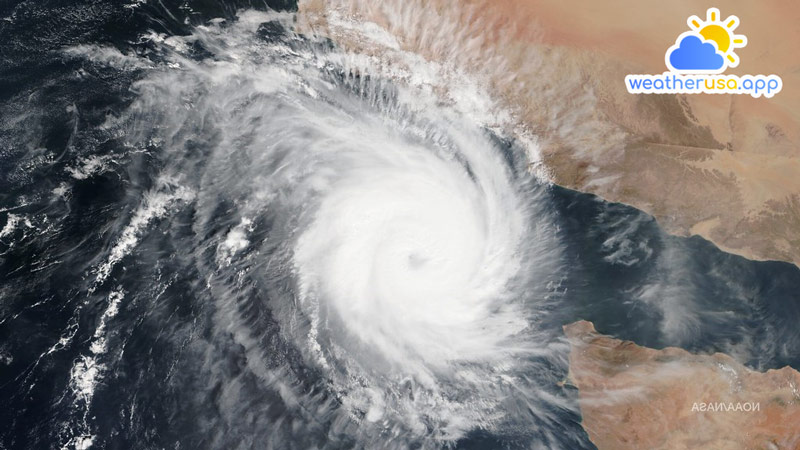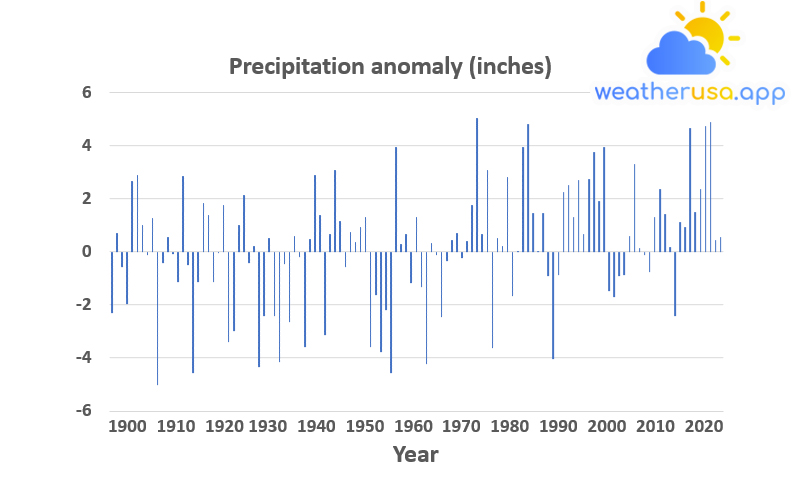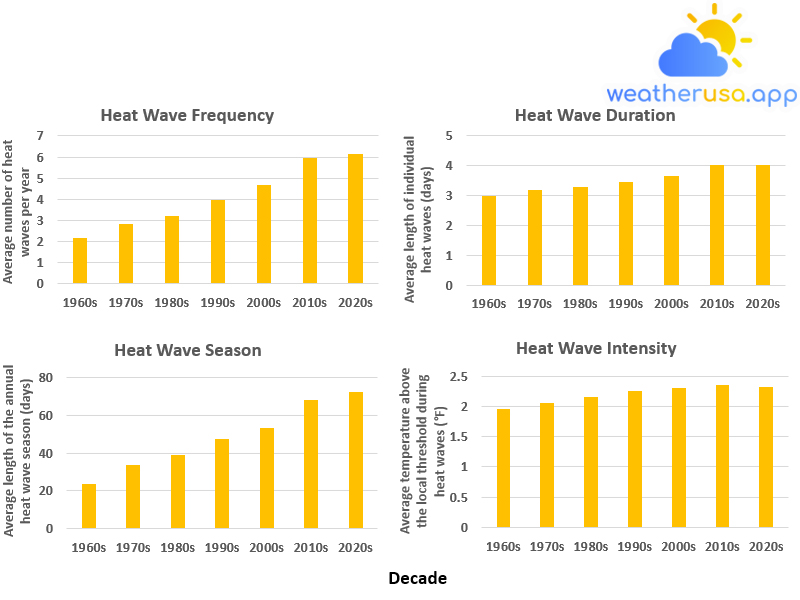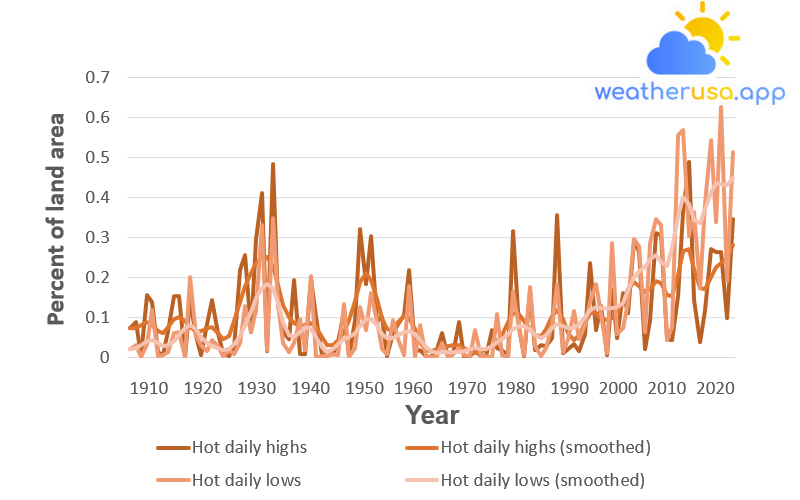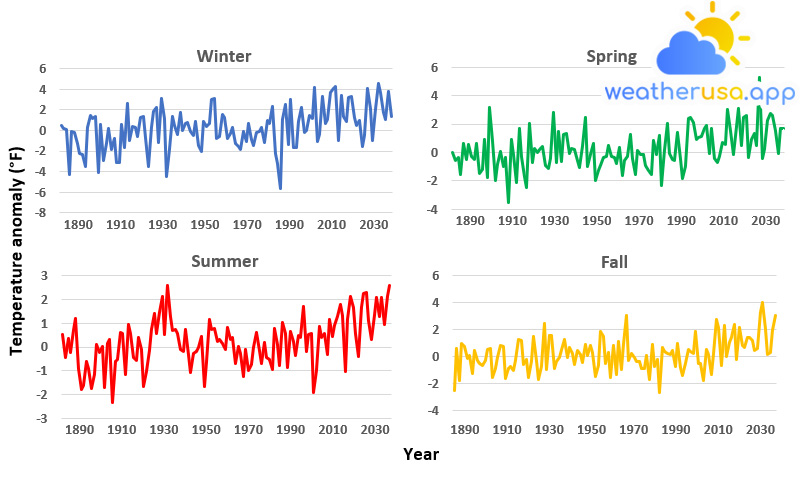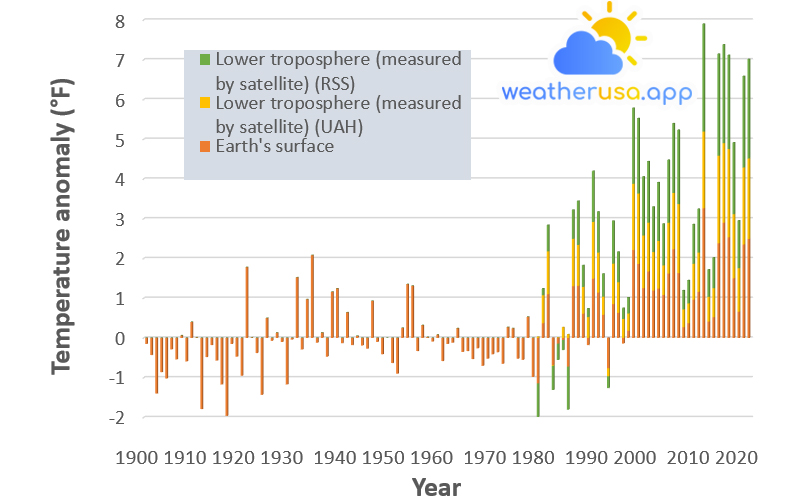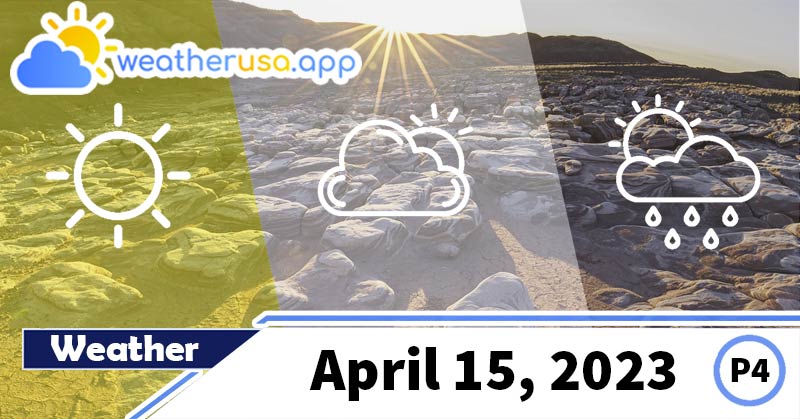Climate Change Indicators
Oceans
Oceans Oceans are bodies of salt water that cover about 70.8% of the Earth’s surface and contain 97% of Earth’s water. An ocean can also refer to any large body of water into which the world ocean is conventionally divided.
Temperature and Drought in the Southwest
A Closer Look: Temperature and Drought in the Southwest This feature provides a closer look at temperature and drought trends in the southwestern United States. Figure 1. ...
River Floods
Flood A flood is an overflow of water that submerges land that is usually dry. In the sense of “flowing water,” the word can also refer to tides. Floods are an area of study in the discipline of hydrology and are a significant problem in agriculture, construction, and...
Tropical Cyclone Activity
Cyclone In meteorology, a cyclone is a large mass of air that rotates around an intense center of low atmospheric pressure, counterclockwise in the northern and the southern hemispheres when viewed from above. Cyclones are characterized by inward-spiraling winds that revolve around an area of low...
Heavy Precipitation
Heavy Precipitation This indicator tracks the frequency of heavy rainfall events in the United States. Figure 1. Extreme One-Day Precipitation Events in the Contiguous 48 States, 1910–2020
U.S. and Global Precipitation
Precipitation In meteorology, precipitation is any product of the condensation of atmospheric water vapor that falls under clouds’ gravitational attraction. The primary forms of precipitation are drizzle, rain, sleet, snow, sleet, graupel, and hail. Precipitation occurs when part of the atmosphere becomes saturated with water vapor...
Heat Waves
Heat Waves A heat wave, or heat wave, is a period of scorching weather that can be accompanied by high humidity, especially in countries with an oceanic climate. While definitions vary, a heat wave is usually measured relative to the familiar environment of the area and close to the average temperatures of...
High and Low Temperatures
Climate Change Indicators: High and Low Temperatures This indicator describes trends in unusually high and low temperatures in the United States.Figure 1. Area of the Contiguous 48 States with Unusually Hot Summer Temperatures, 1910–2020
Seasonal Temperature
Temperature Temperature is a physical quantity that quantitatively expresses the perceptions of hot and cold. The temperature is measured with a thermometer.Thermometers are calibrated in various temperature scales, which historically have relied on multiple reference points and thermometric substances for definition. The most common...
U.S. and Global Temperature
Climate Change Indicators: U.S. and Global Temperature This indicator describes trends in average surface temperature for the United States and the world.Figure 1. Temperatures in the Contiguous 48 States, 1901–2021

